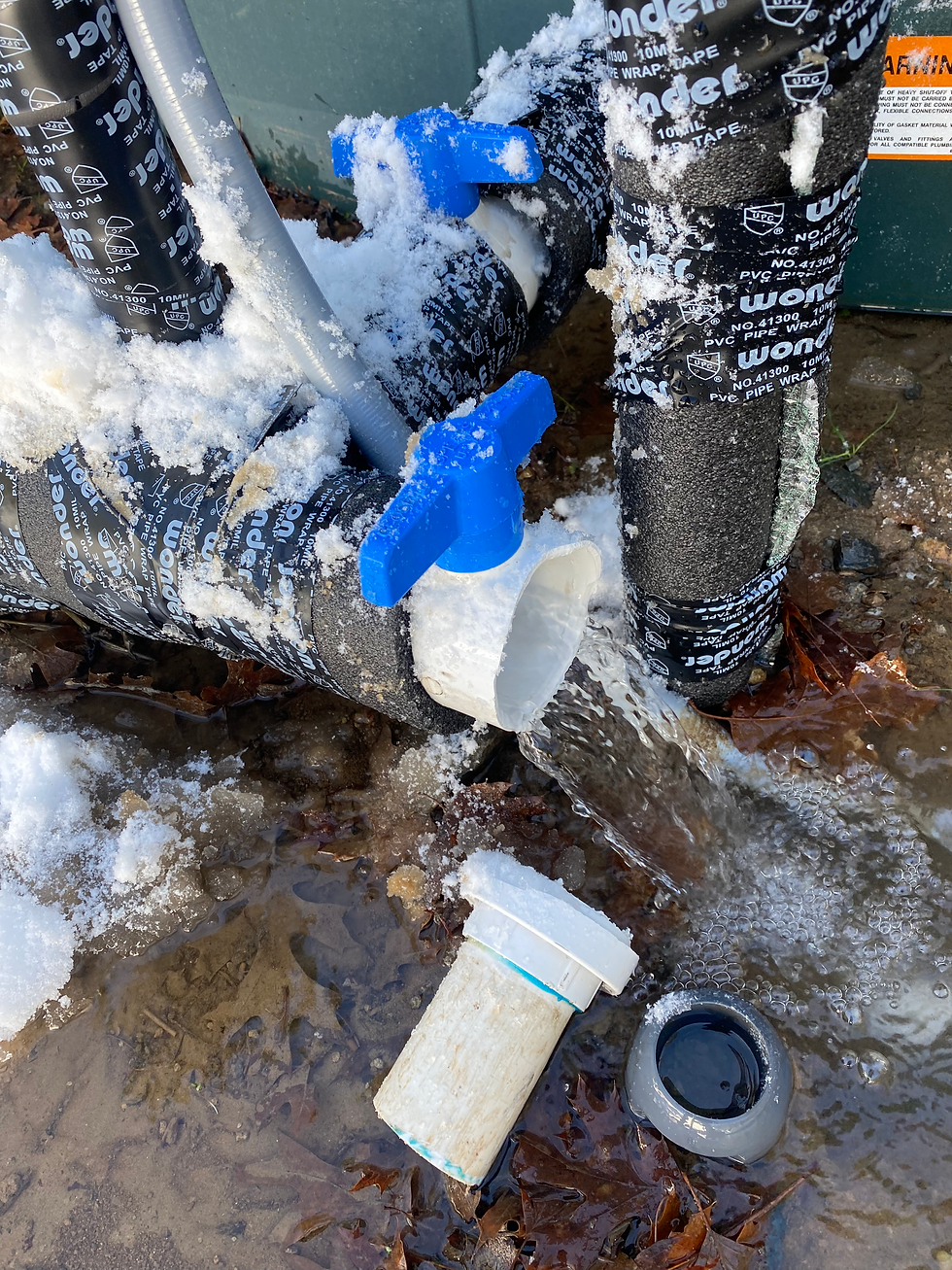When Automation Tries to Kill Your Crop: Why Irrigation Monitoring Matters More Than You Think
- Max Jackson
- Jun 15
- 4 min read
Updated: Jun 15
The SOP was posted on the wall. The valve was clearly labeled “DO NOT LEAVE CLOSED”. The employee knew the drill. None of it mattered.
Human error doesn't read warning labels. And when that valve stayed closed after maintenance, our automated irrigation system happily reported mission accomplished while thousands of plants began dying of thirst. What saved us wasn’t the automation that thought it did its job, it was the sensor system quietly watching what it missed.
This is the uncomfortable truth about commercial cultivation: your automation is only as good as the systems watching it fail.
Beyond the Obvious Alerts
Most growers already expect their phones to buzz when a room hits 80°F or humidity spikes. Those environmental alerts are standard for any serious operation. Every controller ships with temperature and humidity monitoring built in.
But the monitoring systems that really save crops are the ones watching the details. The subtle failures that happen while your environmental systems are running perfectly. The problems that develop in plain sight, while your dashboard still flashes green.
The Sensor That Saved Thousands

While our irrigation controller displayed successful run times, a simple substrate moisture sensor told a different story. Moisture levels were dropping in the affected zone. Too fast for that time of day.
That sensor bought us the time we needed. Without it, we'd have discovered the problem hours later when leaf droop made it obvious. By then, stress damage would have been irreversible.
Where to put them: Multiple sensors per irrigation zone for redundancy. Pick plants that are representative of their neighbors, not ones that dry faster by an aisle or doorway.
What they should tell you: Not just "wet" or "dry." Set thresholds that catch problems before they become visible. This number will shift based on the stage of plant growth, especially if you are pushing hard drybacks.
The redundancy rule: One sensor can fail. Two sensors failing at the same
time? That's a real problem worth investigating.
Track What’s Moving
Substrate sensors saved our crop, but flow sensors would have prevented the crisis entirely. They measure what's moving through your lines, not what your controller thinks it's doing.
What they catch:
Closed valves (flow drops to zero)
Clogged emitters (flow drops gradually)
Broken lines (flow spikes dangerously high)
Pump failures (no flow when there should be)
Where they go: One per irrigation zone minimum. One master sensor per room if you want to get serious about monitoring.
The magic is in the alerts: Set them tight enough to catch real problems, loose enough to avoid false alarms. When flow deviates more than 20% from normal, something's wrong.
Your Lights Aren't Immune
Light timers fail. Blackout curtains get stuck. Power flickers. Contactors stick. When your photoperiod gets disrupted, your plants notice immediately even if you don't.
Optical sensors are the simplest insurance policy in cultivation. They verify that lights are turning on and off when they're supposed to. A simple sensor can prevent the nightmare of accidentally revegging a flowering room.
The setup: One sensor per room, connected to your monitoring system. When the lights should be on but the sensor reads dark, you know within minutes instead of hours. What's great is that most environmental sensors these days have optical sensors, but all too often, the alerts are not set.
Building a System That Works
Here's how to design monitoring that protects your operation without driving you crazy:
Start with the biggest risks: Irrigation zones with the most plants, rooms with the highest value crops, systems that have failed before.
Integrate everything: Scattered sensors sending alerts to different phones is chaos. One system, one dashboard.
Train your team properly: Alerts are worthless if nobody knows how to respond. Practice scenarios. Make sure everyone knows what to do when the phone buzzes.
Set realistic thresholds: Too sensitive creates alert fatigue. Too loose misses real problems. Start conservative and adjust based on real experience.
The Math That Matters

Installing comprehensive monitoring feels expensive until you calculate the alternative. One lost crop in a 10,000 square foot facility can cost hundreds of thousands. The monitoring system to prevent it? A few thousand dollars.
The ROI isn't just financial. It's peace of mind. It's sleeping through the night, knowing your systems are watching your systems.
Your irrigation controller lies. Your timers fail. Your staff makes mistakes. The only thing standing between your operation and catastrophic failure is the unglamorous network of sensors that nobody thinks about until they save everything.
If you’ve ever lost sleep over a system failure, you already know why this matters. We help build the kind of monitoring setups that catch the next one before it costs you six figures.
Not sure where your risks are hiding?
We’ll walk your facility, review your automation, and flag what’s most likely to fail before it costs you six figures.
No pressure. Just clear, honest insight from people who’ve lived it.
[Book a free call] or email me at max@cannabiswiseguys.com. Because “set it and forget it” doesn’t work when your livelihood is on the line.




Comments